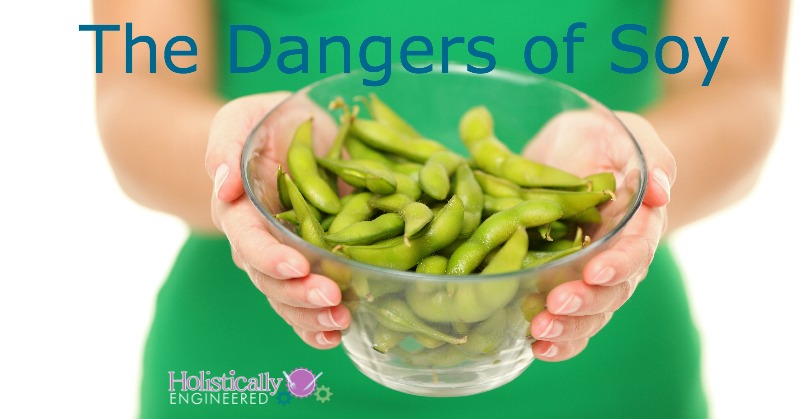Soy isn’t the super food it’s claimed to be…learn the dangers of soy and why I chose not to include soy in my diet.
Remember when soy was the biggest “It Food” around? Unfortunately today, most everything that is processed contains soy and it’s difficult to avoid. I get questions all the time asking about substituting soy flour in recipes, why I make homemade mayonnaise, and why I don’t eat soy sauce. After learning about the dangers of soy I now choose to keep it out of my diet…and here’s why…







